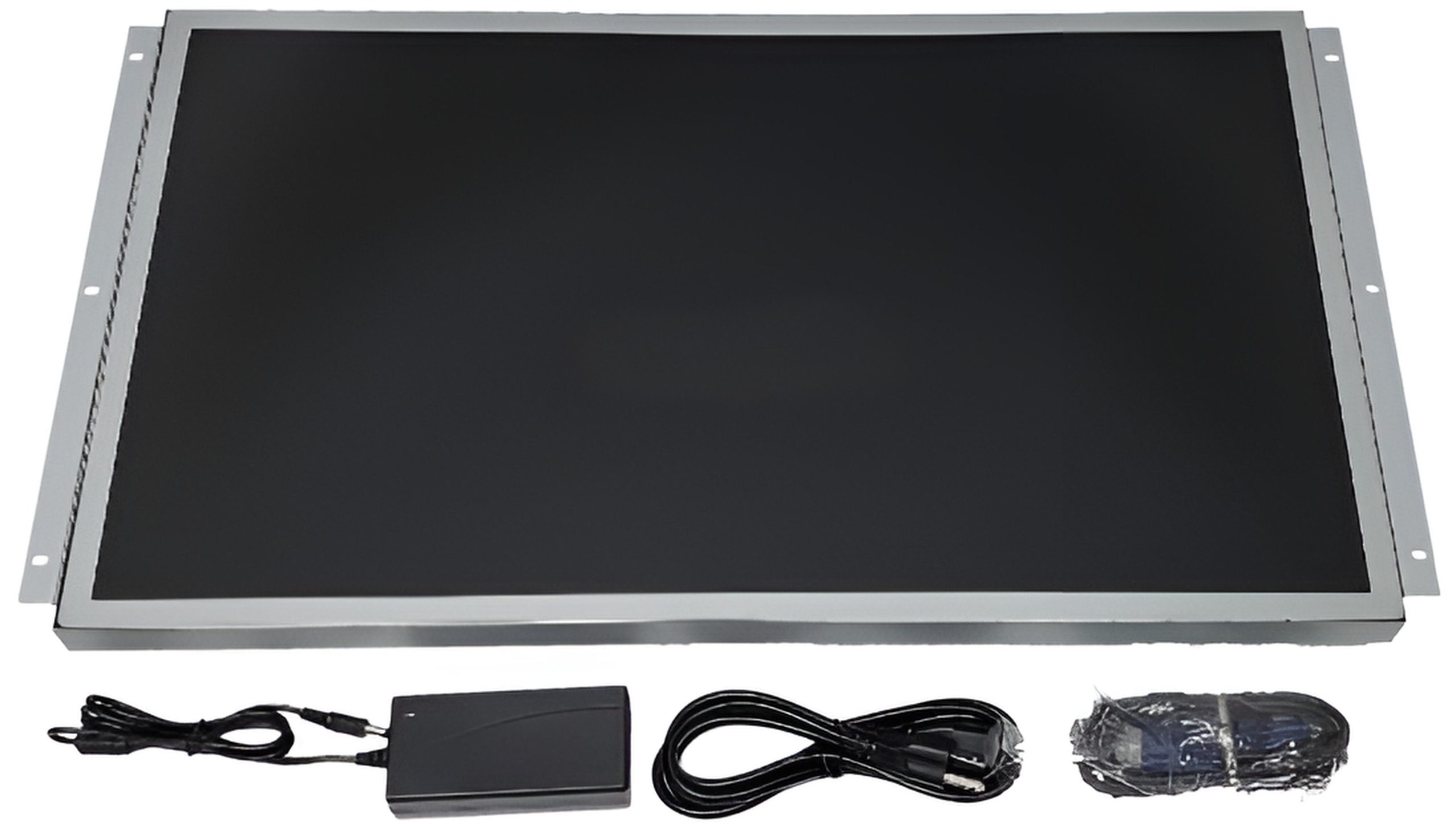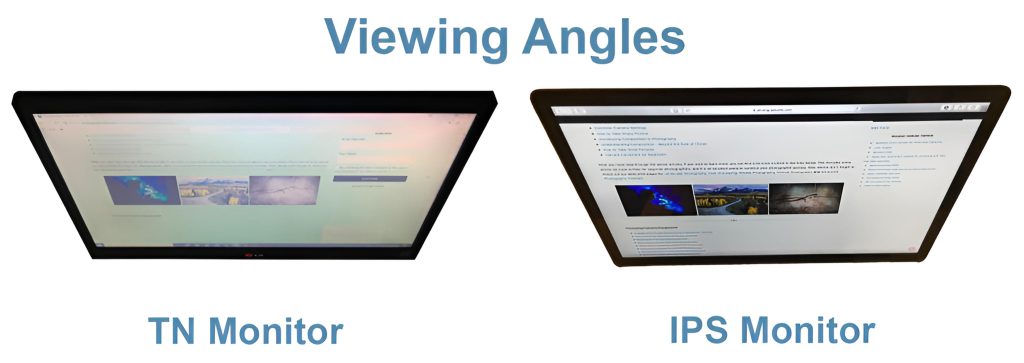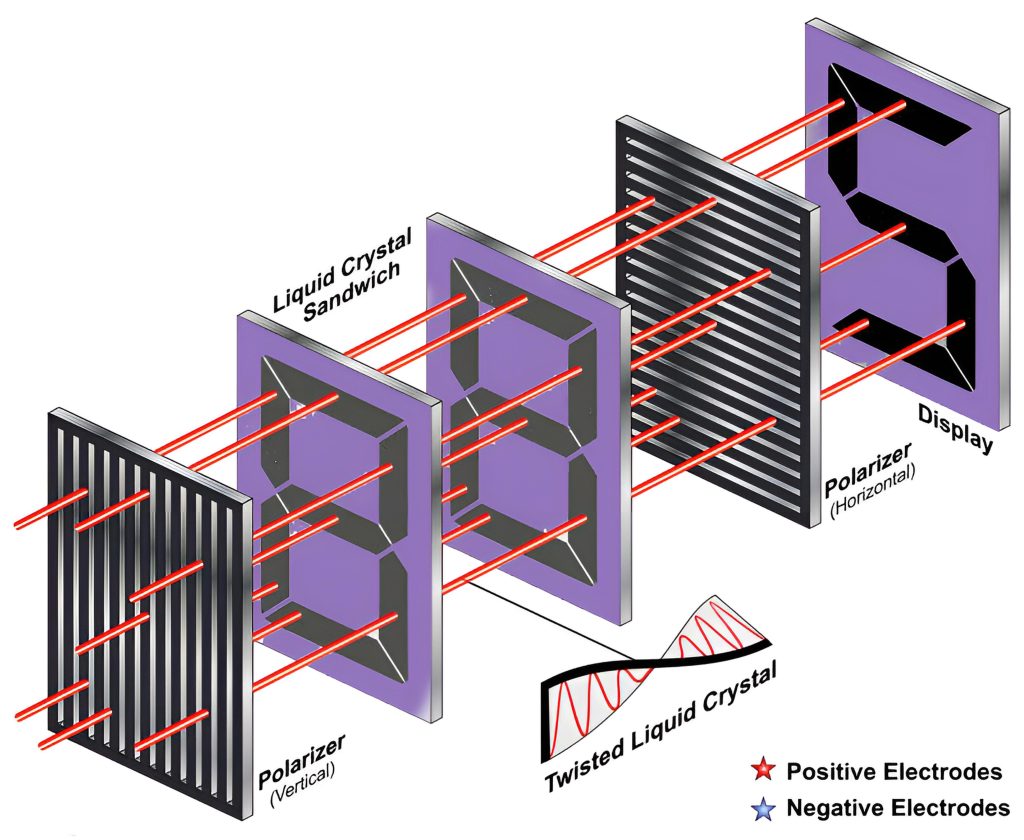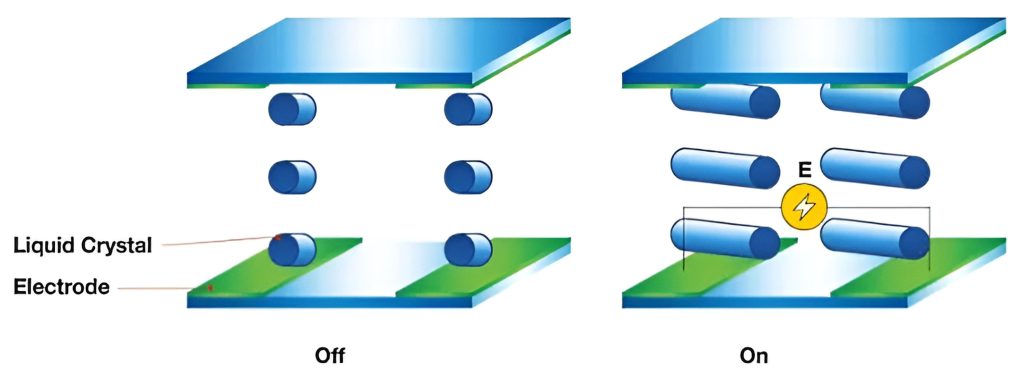
In the realm of gaming, the selection of the optimal display can wield substantial influence over the outcome, distinguishing triumph from defeat. Two eminent contenders vying for supremacy in the gaming monitor domain encompass IPS (In-Plane Switching) and LED (Light Emitting Diode) screens. Within the confines of this composition, we shall embark on an exhaustive exploration of the pivotal disparities between (IPS vs LED Monitor for Gaming) these two technological marvels, empowering you to make a judicious choice when the moment arrives to elevate your gaming escapades to a higher echelon.
Devotees of gaming understand that an exceptional graphics card in isolation fails to guarantee an immersive gaming odyssey. Your selection of a monitor wields substantial influence over how you perceive and engage with the virtual realm. In this vast array of choices, IPS and LED monitors emerge as prominent contenders. But the question lingers: which one best suits your gaming exigencies?
Table highlighting the key differences between IPS vs LED Monitor for Gaming:Deciphering IPS Monitors | IPS Monitor vs LED for GamingExploring the Domain of LED DisplaysResponse Time and Input Lag IPS Monitor vs LED for GamingThe Mosaic of Color Precision and VivacityNavigating the Vantage Points IPS Monitor vs LED for GamingThe Axiom of Resolution IPS Monitor vs LED for GamingThe Enigma of Adaptive Sync Technology IPS Monitor vs LED for GamingThe Fiscal Paradigm IPS Monitor vs LED for GamingPondering Power Consumption IPS Monitor vs LED for Gaming Special Offer this Monitor for GamingThe Edifice of Durability and LongevityMagnitude and Configuration IPS Monitor vs LED for GamingDiscerning the Monitor Suited to Your NeedsFuture-Proofing Your ConfigurationFAQs of IPS Monitor vs LED for Gaming
Table highlighting the key differences between IPS vs LED Monitor for Gaming:
 Table highlighting the key differences between IPS Monitor vs LED for Gaming. IPS Monitor vs LED for Gaming
Table highlighting the key differences between IPS Monitor vs LED for Gaming. IPS Monitor vs LED for GamingCharacteristicIPS MonitorLED MonitorDisplay TechnologyIn-Plane Switching (IPS)Light Emitting Diode (LED)Viewing AnglesExcellent; wide viewing anglesGood; may have limited anglesColor AccuracyHigh; accurate and consistentGood; can vary between modelsResponse TimeTypically higher (slower)Generally lower (faster)Contrast RatioGood, but may not match OLEDCan vary, may have high contrastPower EfficiencyConsumes more powerGenerally more energy-efficientPrice RangeOften more expensiveA wide range of price optionsPrimary Use CasesProfessional design, photo editingGeneral use, gaming, multimediaIPS Monitor vs LED for Gaming
The above table shows the special differences between IPS display monitor and LED display monitor
Deciphering IPS Monitors | IPS Monitor vs LED for Gaming
IPS monitors, an abbreviation for In-Plane Switching, carve a niche for themselves with their remarkable prowess in color replication and expansive vistas of visual access. These monitors harness a distinctive liquid crystal technology, a harbinger of steadfast color consistency. This distinction renders them the preferred choice for gamers who prize precision and exuberance.
Exploring the Domain of LED Displays
 Deciphering IPS Monitors IPS Monitor vs LED for Gaming
Deciphering IPS Monitors IPS Monitor vs LED for GamingIn contrast, LED monitors employ Light Emitting Diodes to illuminate the screen. LED technology predominantly constitutes a methodology for backlighting, rather than a standalone display technology. LED monitors manifest in various display iterations, including IPS, TN (Twisted Nematic), and VA (Vertical Alignment).
Company NameModelDisplay TypeDisplay SizeSamsungQLED TV QN65Q80AQLED65 inchesLGOLED TV OLED65C1OLED65 inchesSonyBravia XR X95JLED65 inchesTCL6-Series R635LED65 inchesVizioP-Series Quantum X PX75-G1LED75 inchesIPS Monitor vs LED for Gaming
Response Time and Input Lag IPS Monitor vs LED for Gaming
In the realm of gaming, the pivotal determinants encompass response time and input lag. A diminished response time assures the seamless portrayal of high-speed escapades, while minimal input lag facilitates the expeditious execution of your directives. While both IPS and LED monitors hold the potential for stellar performance, select high-tier gaming LED monitors lay claim to a competitive edge in this domain.
The Mosaic of Color Precision and Vivacity
Gamers invariably clamor for a palette teeming with vivid, verisimilar hues. In this context, IPS monitors triumph, endowing extraordinary fidelity to color and exuberance. LED monitors, contingent upon their specific display type, proffer varying calibers of chromatic excellence.
Navigating the Vantage Points IPS Monitor vs LED for Gaming
A marked advantage accompanying IPS monitors encompasses their expansive viewing angles. This implies that even when ensconced at a tangential angle to the screen, an unblemished, distortion-free panorama endures. In contrast, LED displays, particularly those enlisting TN panels, grapple with transmutations in color and contrast when perceived from divergent angles.
The Axiom of Resolution IPS Monitor vs LED for Gaming
Both IPS and LED monitors proffer an assortment of resolutions. Augmented resolutions herald sharper visual renditions, albeit at the cost of augmented GPU horsepower requisites. Prudent consideration of your gaming rig's capabilities must precede your indulgence in an ultra-high-resolution exhibit.
The Enigma of Adaptive Sync Technology IPS Monitor vs LED for Gaming
 LCD Liquid Crystal Panel IPS Monitor vs LED for Gaming
LCD Liquid Crystal Panel IPS Monitor vs LED for GamingTo partake in gaming sans the vexations of screen tearing, the indispensible crux resides in Adaptive Sync technology. While both IPS and LED monitors profess support for this attribute, vigilance regarding the compatibility of your GPU is imperative.
The Fiscal Paradigm IPS Monitor vs LED for Gaming
Budget considerations often loom large in the selection of a gaming monitor. LED monitors, notably those housing TN panels, gravitate towards budget-friendliness. In contrast, IPS monitors incline towards loftier price points, a reflection of their preeminence in color precision and expansive viewing horizons.
Pondering Power Consumption IPS Monitor vs LED for Gaming
Does trepidation about your electricity bill haunt your deliberations? LED monitors, as a rule, demonstrate frugality in power consumption when juxtaposed with their IPS counterparts. While not a watershed moment for all, this is a facet worthy of contemplation.
 Pondering Power Consumption of IPS Monitor vs LED for Gaming
Pondering Power Consumption of IPS Monitor vs LED for GamingSpecial Offer this Monitor for Gaming
Company NameModel (Official Website)Display TypeDisplay SizeASUSROG Swift PG279QZIPS27 inchesAcerPredator X27IPS27 inchesAlienwareAW3420DWIPS34 inchesMSIOptix MAG271CQRVA27 inchesBenQZOWIE XL2546KTN24.5 inchesIPS Monitor vs LED for Gaming
The Edifice of Durability and Longevity
As you embark on the pilgrimage of investing in a gaming monitor, durability and longevity rank high on your list of requisites. LED monitors have cultivated a reputation for resilience, attributable to their robust underpinning in backlighting technology. On the contrary, IPS panels, while sturdier, might not extend the same leniency in the face of inadvertent mishandling.
Magnitude and Configuration IPS Monitor vs LED for Gaming
 Magnitude and Configuration IPS Monitor vs LED for Gaming
Magnitude and Configuration IPS Monitor vs LED for GamingGaming ecosystems present an eclectic array of dimensions and contours. Thankfully, both IPS and LED monitors extend a plenitude of screen sizes and configurations. Whether your predilection leans toward a prodigious ultrawide spectacle or a compact rendition, an avenue awaits your exploration.
Discerning the Monitor Suited to Your Needs
Ultimately, the conundrum of selecting between an IPS and LED monitor hinges on your gaming predilections and financial considerations. If your allegiance lies with color precision, expansive viewing horizons, and you are amenable to a slightly heftier expenditure, the IPS monitor assumes the mantle of the frontrunner. Conversely, if budget constraints loom large or you harbor an affinity for blistering response times, a judiciously chosen LED monitor can engineer a splendid gaming saga.
Future-Proofing Your Configuration
Company NameModelDisplay TypeDisplay SizeDellUltraSharp U2719DIPS27 inchesASUSProArt PA278QIPS27 inchesLG27UK850-WIPS27 inchesAcerR240HYIPS23.8 inchesHPPavilion 22cwaIPS21.5 inchesIPS Monitor vs LED for Gaming
The panorama of gaming technology evolves at a frenetic pace. To secure the perpetuity of your setup, deliberate upon facets such as refresh rates, synchronization with emergent technologies, and avenues for upgradation.
In the enduring tug-of-war between IPS and LED monitors for gaming supremacy, there exists no one-size-fits-all verdict. Each technology brandishes its unique strengths and vulnerabilities, and your choice should dovetail harmoniously with your gaming ethos and fiscal constraints. Irrespective of your ultimate decision, it remains paramount that the quintessence of your gaming encounters brims with satisfaction.
FAQs of IPS Monitor vs LED for Gaming
Is LED better than IPS for gaming?
- The choice between LED and IPS depends on personal preference and gaming needs. LED monitors often offer higher refresh rates, which can be beneficial for fast-paced gaming, while IPS monitors provide better color accuracy and wider viewing angles. The best choice depends on your priorities.
- Reference: LED vs. IPS Gaming Monitor: Which One is Better?
Are IPS monitors good for gaming?
- Yes, IPS monitors are good for gaming. They offer excellent color quality and wide viewing angles, making games look vibrant and immersive. However, their response times may not be as fast as some gaming-specific monitors.
- Reference: Are IPS Monitors Good for Gaming?
Are LED monitors better for gaming?
- LED monitors are suitable for gaming, especially those with high refresh rates, as they can provide smoother gameplay. However, LED is a backlight technology, and it can be found in both gaming and non-gaming monitors.
- Reference:
https://sellshop.com.bd/ips-vs-led-monitor-for-gaming-best-for-you/
Comments
Post a Comment